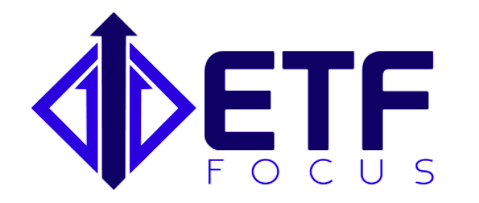In case you missed it (and judging by the non-stop news coverage, you probably didn’t), the Senate passed its version of the long-promised tax reform bill in the wee hours of this past Saturday morning. Most of the media coverage surrounding the vote is focused on the political infighting involved, but I want to focus instead on how this bill could affect your investments and, more importantly, how you can profit from it. Instead of arguing about “should it pass?”, let’s assume that this tax reform package (in some form) will eventually become law (as it seems likely at this point that it will). Our energy at this point is better spent figuring out how to position our portfolios properly going forward.
Supporters of the legislation will argue that the trickle-down economic theory upon which the bill is based, the idea that tax breaks and financial incentives for big corporations and wealthy individuals will help spur the economic growth that will eventually benefit everyone in the long-term, is the biggest selling point. It’s unclear if trickle-down economics actually works, but that’s another discussion for another day.
One thing that’s certain though is that there are winners and losers as a result of this legislation. There are a number of ways to play the passage of this bill, several of which are profiled in this week’s watchlist. We don’t know what a final tax reform package will look like yet (remember, the House has its own bill in the pipeline, which contains several key differences from the Senate bill that need to be reconciled), but we have a pretty good idea of who and where will be impacted the most.
If you’re looking for some funds that could benefit from the tax bill, here are a few ideas to keep an eye on.
EventShares U.S. Tax Reform ETF (TAXR)
This ETF is only a month and a half old, and has just $2.5 million in assets, but it may be the purest way to invest in the beneficiaries of the tax bill. It’s an actively managed fund, which means it has the ability to move in and out of areas of the market in real-time based on proposed changes to the tax code. Right now, the fund’s biggest investments are in industrials (27%), financials (15%) and technology (14%). Just 20% of the fund’s assets are in large-caps, so components of the ETF are likely going to be more exposed to the impacts of the tax bill. As is the case with any small fund, trading costs will be higher. This might be too early to jump on board, but it’s a fund worth keeping an eye on.
Financial Select Sector SPDR ETF (XLF)
The financial sector is up more than 7% in the last week or so when it began looking more than likely that some type of deal was going to get passed. Banks could stand to be one of the biggest beneficiaries of tax reform, since improved economic activity should, in theory, lead to greater loan growth and greater net interest income. Combine that with the fact that it looks likely that the Fed will raise rates multiple times in 2018, and you’ve got some strong tailwinds working for the banks. The sector also trades at around 17 times forward earnings, so it’s not terribly expensive either.
Others: Vanguard Financials ETF (VFH), SPDR S&P Bank ETF (KBE), SPDR S&P Regional Banking ETF (KRE), iShares U.S. Financials ETF (IYF)
VanEck Vectors Fallen Angel High Yield Bond ETF (ANGL)
If you’re shopping the bond market, this could be an interesting turnaround play. Fallen angels are bonds that were initially issued as investment grade notes, but have since slipped into junk status. The Fallen Angels ETF looks to invest in the bonds it feels have the capability of rebounding back into investment grade status. Economic expansion could be a real boost to this group, in particular. Junk bonds, of course, are risky, but there’s upside here. It pays a nice little 5% dividend, and its 0.35% expense ratio is reasonable.
Others: iShares Fallen Angels USD Bond ETF (FALN)
AAM S&P Emerging Markets High Dividend Value ETF (EEMD)
This fund just launched this past week, but it could be an intriguing play for dividend seekers who want emerging markets exposure. The fund focuses on free cash flow yield as a means of identifying quality dividend payers, and invests in those that have the best combination of strong free cash flows and high dividend yields. It’s expected to pay around a 5% annual yield, not bad for a fund that invests primarily in large-caps with healthy balance sheets.
Others: WisdomTree Emerging Markets High Dividend ETF (DEM), WisdomTree Emerging Markets Dividend ETF (DVEM), WisdomTree Emerging Markets Small Cap Dividend ETF (DGS), SPDR S&P Emerging Markets Dividend ETF (EDIV)
Want to get the weekly ETF watchlist in your inbox every week? Simply subscribe to the site either below or at the right and you'll get it automatically along with our ETF Focus Weekly newsletter!


